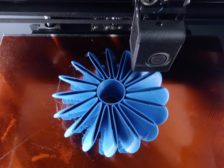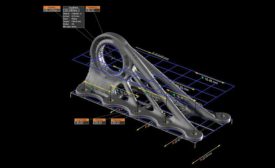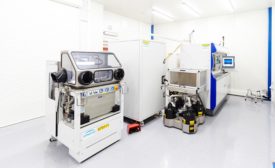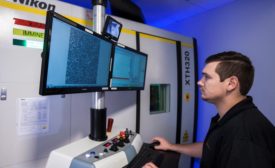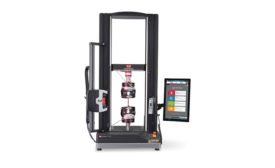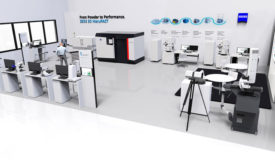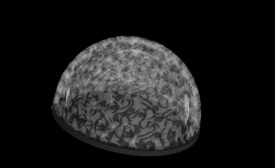Home » Keywords: » 3D printing/additive manufacturing
Items Tagged with '3D printing/additive manufacturing'
ARTICLES
Manufacturers should be aware of the many standards for this technology.
Read More
Keeping Up with Additive Manufacturing
AM production enables the creation of parts not possible with traditional technologies through new design concepts, new materials, and new applications, but still presents challenges.
December 1, 2020
Additive Manufacturing: Past, Present and Future
Additive manufacturing has clearly been a major disruptor in sectors where it has been adopted, and this disruption propagates through the supply chain.
November 30, 2020
Why Pre-Build Calibration is Critical to Part Quality for Metal Additive Manufacturing
Measure twice, weld once.
October 5, 2020
NDT Case Study
X-ray CT for Quality Assurance of Metal AM Parts
The technique of choice for seeing inside metal structures is industrial X-ray computed tomography.
August 6, 2020
The Role of Mechanical Testing in Additive Manufacturing Quality Assurance
Get answers to some of the most commonly asked questions about testing additive products.
June 27, 2020
Producing Additively Manufactured Parts
The future of additive manufacturing will include an increasing number of production applications.
June 1, 2020
Additive Quality
The greatest challenge of AM is the verification of parts’ absolute reliability.
April 1, 2020
How 3D Printing is Changing the Medical Device Field
Being able to manufacture these devices to conform to a patient’s anatomy is a game changer.
March 2, 2020
Stay in the know with Quality’s comprehensive coverage of
the manufacturing and metrology industries.
eNewsletter | Website | eMagazine
JOIN TODAY!Copyright ©2025. All Rights Reserved BNP Media.
Design, CMS, Hosting & Web Development :: ePublishing
